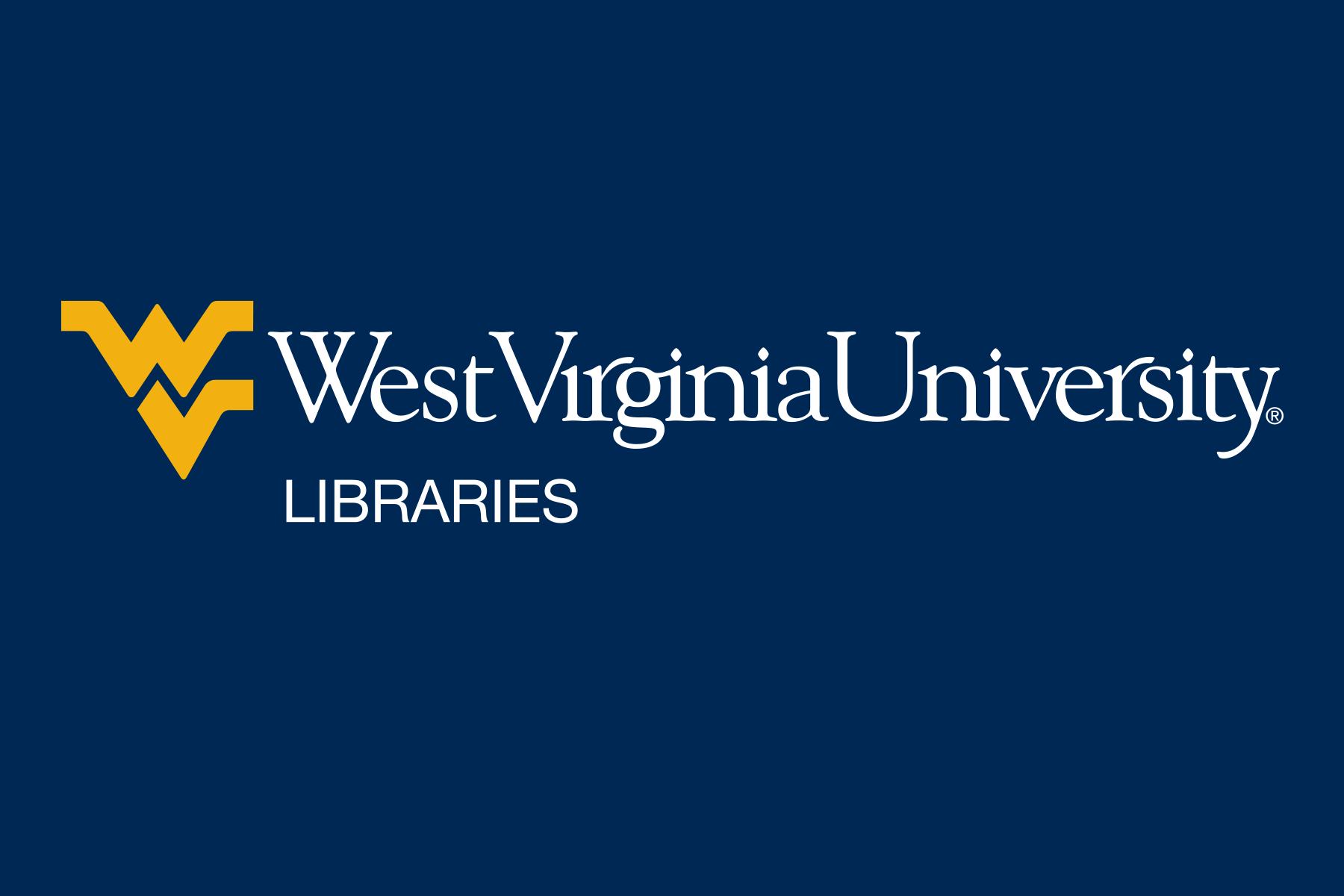This work is licensed under a CC BY 4.0 License unless otherwise noted. That means that you can engage in all of the 5 R activities: retain, reuse, revise, remix, and redistribute.
The goal of open education is to remove barriers in the classroom through the use of educational materials enabled with an open license. Below are some examples of financial, legal, and social barriers that some traditional learning materials might impose on our most vulnerable students and some potential impacts of engaging in open educational practices.
Did you know?
Potential impacts of adopting OER:
Did you know?
Potential impacts of adopting OER:
Potential impacts of adopting open educational practices:
